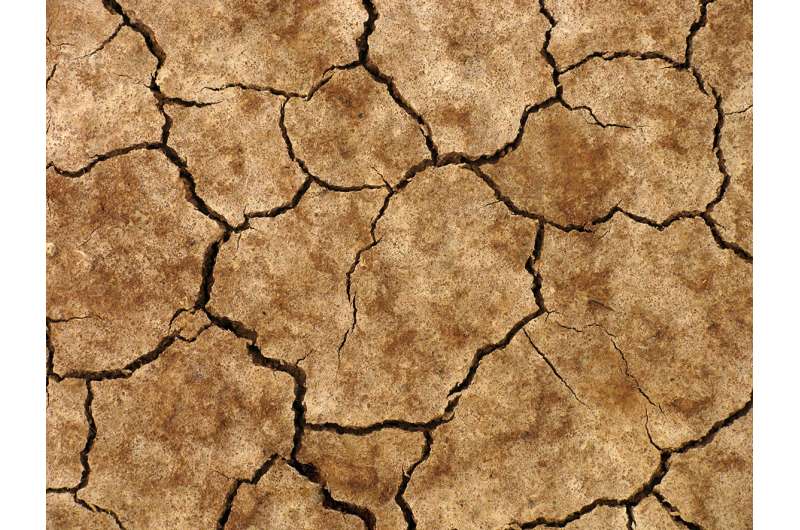Credit: COLOURBOX.de
Climate change is affecting the health of agricultural soils. Increased heat and drought make life easy for the pathogenic fungus Pythium ultimum. As an international team of researchers led by the Universities of Kassel and Bonn has shown, the fungus causes almost total crop failure in peas after a hot and dry stress event. Short-term soil recovery seems to be possible only in exceptional cases. The study has now been published in the journal Applied Soil Ecology.
Pythium ultimum is an aggressive fungus that is transmitted through the soil and infects the roots in the seedling of important agricultural crops such as beets and peas but also corn, soybeans and potatoes. The plants develop root rot and die. "In some cases, there may be a total failure of the germinating seedlings," states Dr. Christian Bruns of the Section of Organic Farming and Cropping Systems at the University of Kassel. However, soils also have protective mechanisms against these pathogens. Certain fungi act like "bodyguards" and protect the roots of plants, while some microorganisms parasitize the harmful fungus or simply consume it.
The scientists took soil samples from very different locations in cool and damp Scotland, temperate northeast Germany and dry and warm eastern Hungary. The soil samples, including the microorganisms living there, were put under stress in climate chambers with heat (40 degrees Celsius) and drought (only half soil moisture) and then infected with the aggressive fungus Pythium ultimum. The researchers investigated the effects of this stress event on the pathogen and ultimately the plants by subsequently sowing peas in these pre-treated soils.
Dramatic effect: Hardly a pea plant survived
The effect was dramatic: "Only a few of the young pea plants survived, and these withered under the fungal attack," summarizes Prof. Dr. Thomas Döring from the Agroecology and Organic Farming Group at the University of Bonn. In all soils, the stress event of heat and drought led to a strong reduction in resistance to Pythium ultimum. Soils from Scotland suffered the most, and those from Hungary the least. "Apparently the protective microorganisms in the soils of cool, damp Scotland are less adapted to heat and drought than in Hungarian soils, which are often exposed to high temperatures and droughts in summer," says Döring.
The scientists investigated how well the various soils can recover by taking a break of several weeks after treatment with heat and drought before infecting the soil with the harmful fungus and sowing the peas. Whilst a soil sample from Scotland showed some recovery, with slightly more peas growing in it in comparison, the harmful effect of the fungus seemed to be made worse by the recovery phase in the samples from Hungary.
"The decisive factor seems to be how quickly the protective microorganisms are able to reproduce after the stress event," says Bruns, referring to the results of other studies. "This ability is apparently not so pronounced in the soil samples from Hungary." Soils that are highly resistant to drought and heat therefore do not seem to have such a high recovery capacity.
Heat and drought increase the susceptibility to soil pathogens
All this indicates that if the climate in temperate and northern latitudes heats up more, the microorganisms in the soil will not be able to adapt as quickly. "Heat and drought have a negative impact on the soil organisms protecting plants from diseases," says Döring. "This increases the plants' susceptibility to soil-borne pathogens," adds Bruns. In view of the advancing climate change, this may significantly increase the risk of plant diseases and crop failures. However, further research is still needed.
More information: Thomas F. Döring et al. Disease suppressive soils vary in resilience to stress, Applied Soil Ecology (2020). DOI: 10.1016/j.apsoil.2019.103482
Journal information: Applied Soil Ecology
Provided by University of Bonn
























